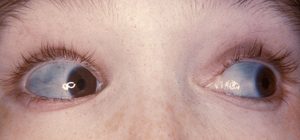Good Nutrition for Healthy Bones in Adults

A diet that is considered appropriate for optimal bone health is also recommended for overall good health and the prevention of chronic diseases. Thus, healthcare providers have an opportunity, at every patient encounter, to provide counseling with regards to good nutrition for healthy bones. This nutritional counseling is vital to prevent many common “lifestyle” diseases such as obesity, hypertension, and diabetes. Therefore, healthcare professionals should not miss this excellent opportunity to reinforce the importance of a healthy balanced diet in terms of both overall health and bone health.


